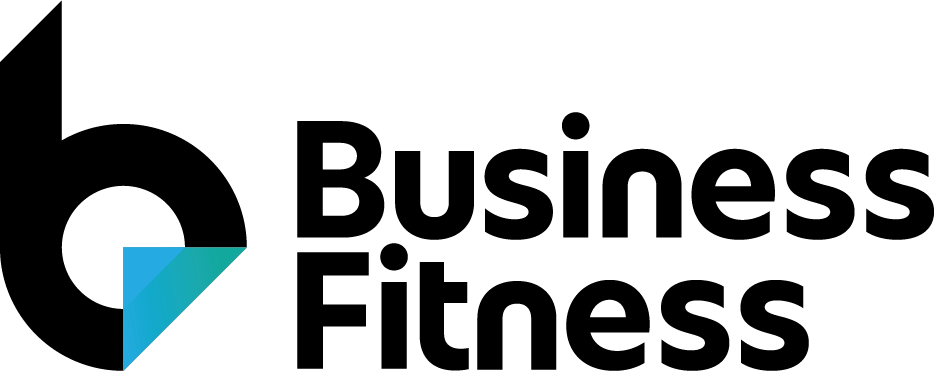See below definitions of the key terms used throughout the articles.
| Key Term | Description |
| Account | A unique account number and name combination that Active Ledger tracks. It comprises one or more client accounting system accounts |
| Active Sync | This is a connection between Active and your firms practice management system |
| Binder | This is all the information relating to a specific job for a given period. Typically, a binder can include the Trial Balance (the Index) along with supporting records, worksheets and documents |
| Binder template | This is a standard template that is used across the firm for specific types of work, i.e. Accounts and Tax or FBT related work |
| Classification | The broad account type, whether it is an asset, liability, equity, revenue, cost of goods sold, expense or other. The classification is used by Active Ledger to help automatically link accounts to the master chart of accounts. Once an account is linked to the master chart of accounts the classification loses its relevance |
| Client accounting system | An account number and name combination that is imported from a client accounting file or created on the fly using a journal. These are always linked to an account, but sometimes multiple client accounting system accounts are linked to the same account |
| Client queries | These are the questions asked by the preparer to the client in relation to their work preparation |
| Custom header | A type of header account that a user creates inside a specific Active Ledger file |
| Dataset | A trial balance for an entity for a given date range |
| Entity | Either a legal entity (e.g., individual, partnership, trust or company), or a group of related entities (i.e. a consolidated group) |
| Header account | An account in the master chart of accounts that contains no data but acts as a 'container' in which to group other accounts. There are two types of header accounts: system headers and custom headers. |
| Master chart of accounts | Comprises of all header accounts and associated allocated accounts |
| Matching rules | Assists in the conversion process of accounts from client accounting files to Active Workpapers. They are rules that are used to define how to automatically allocate an account into the master chart of accounts |
| Record | These are actual worksheets sitting within the Active Workpapers, either a standard Business Fitness worksheet record or one that a user manually creates |
| Record template | This is a standard template that is used across the firm which acts as a supporting document to certain ledger accounts, i.e. an amortising loan |
| Source | This is where the financial information is being imported from into Active Workpapers. Linking a source to a binder can be performed during binder setup using the Start Up Wizard |
| Source type | Either Excel, or one of the API feeds that Active Ledger can connect to in order to download financial data, for example MYOB, Xero or QBO |
| Statuses | These are the statuses a Workpaper binder, record or client query can be set to, for example, In Progress or Completed |
| System header | A header account that Active Ledger includes by default, and cannot be edited |
| Tolerances | The amount by which a workpaper reconciliation can be out by and still be treated as reconciled |
